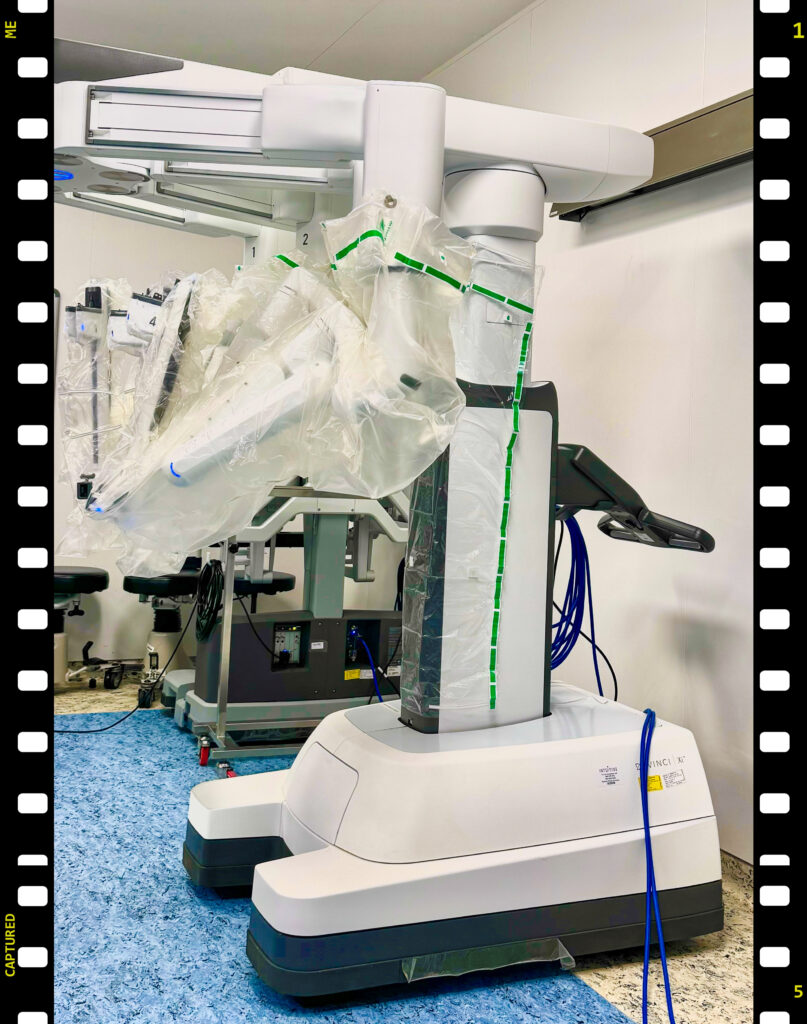
In the world of medicine, we have a new revolution – Robotic Surgery. Robotics is transforming how general surgeries are performed, offering numerous advantages over traditional methods. Robotic surgery uses advanced technology to allow surgeons to perform complex procedures with precision, flexibility, and control. Let us explore the various applications of robotic surgery in general surgery and understand its benefits.
Hernia Repair
Hernias, which occur when an organ pushes through an opening in the muscle or tissue, are common and can be quite painful. Robotic surgery for hernia repair allows surgeons to fix the hernia with small incisions, reducing recovery time and minimizing pain. The robotic system provides enhanced visualization and dexterity, making it easier to repair the hernia effectively.
Gallbladder Surgery
Gallbladder removal, or cholecystectomy, is a frequent procedure to address gallstones or gallbladder disease. Robotic surgery offers a minimally invasive option with smaller incisions compared to open surgery. This approach results in less post-operative pain, a shorter hospital stay, and faster recovery. The precision of the robotic instruments ensures a safer and more efficient removal of the gallbladder.
Bariatric Surgery
For individuals struggling with obesity, bariatric surgery can be life-changing. Robotic-assisted bariatric surgery, such as gastric bypass or sleeve gastrectomy, enhances the surgeon’s ability to perform these complex procedures. The robotic system’s precision reduces the risk of complications and improves outcomes, helping patients achieve significant weight loss and improved health.
Appendectomy
An appendectomy (or appendicectomy), i.e. the removal of an inflamed appendix, is often an emergency procedure. Robotic surgery allows for a minimally invasive appendectomy, which means smaller incisions, reduced pain, and quicker recovery. This approach is especially beneficial in emergency situations, providing patients with a safer and more efficient surgical option.
Fundoplication
Fundoplication is a surgical treatment for gastroesophageal reflux disease (GERD), where the stomach acid frequently flows back into the esophagus. Robotic surgery allows for precise wrapping of the upper part of the stomach around the lower esophagus, strengthening the valve between the esophagus and stomach. This technique significantly improves the patient’s quality of life by reducing reflux symptoms with minimal post-operative discomfort.
Benefits of Robotic Surgery
- Precision and Control: The robotic system translates the surgeon’s hand movements into smaller, more precise movements of tiny instruments inside the patient’s body. This precision is crucial for complex procedures.
- Minimally Invasive: Smaller incisions lead to less pain, reduced blood loss, and minimal scarring. Patients typically experience faster recovery and shorter hospital stays.
- Enhanced Visualization: The robotic system provides a high-definition, 3D view of the surgical site, giving surgeons a better perspective than traditional surgery.
- Reduced Risk of Infection: Smaller incisions and precise movements reduce the risk of infection and complications.
- Improved Outcomes: The accuracy and control offered by robotic systems often result in better surgical outcomes and higher patient satisfaction.
Robotic surgery represents a significant advancement in general surgery, offering a safer, more effective, and patient-friendly approach to treating various conditions. As technology continues to evolve, we can expect even more improvements in surgical techniques, further enhancing patient care and outcomes.

